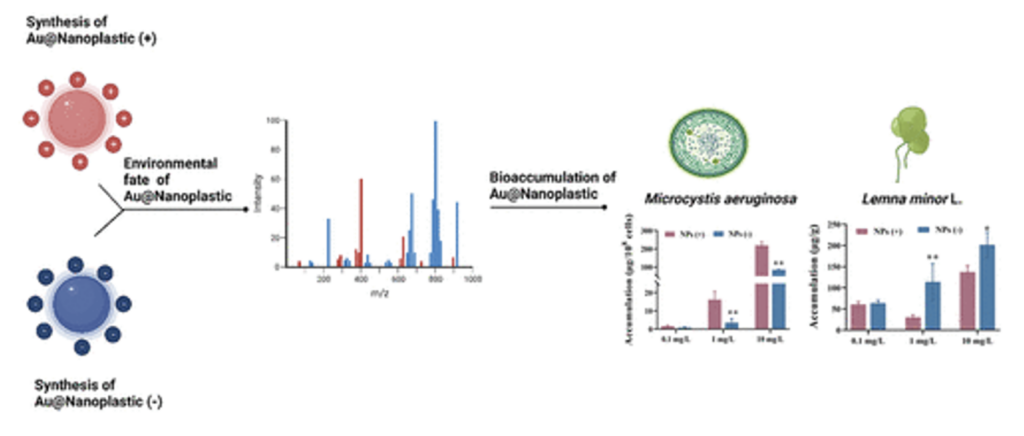https://www.cas.cn/syky/202309/t20230901_4967576.shtml
https://pubs.acs.org/doi/10.1021/acs.analchem.3c01666#
The Industrial Biogas Research Center of CAS Qingdao Institute of Bioenergy and Process Technology has developed a method for the controlled synthesis of polystyrene core-shell model plastics (Au@NPs) for the quantitative detection of plastics. The surface charge and particle size of the nanoplastic can be regulated by the initiator and reaction time.With six environmental matrices (seawater, lake water, sewage, waste sludge, soil, and sediment), the recovery of Au@NPs from different environmental media was explored. The results showed that the recovery rates of Au@NPs all reached more than 80% , and also showed excellent resistance to different environmental factors in 1% hydrogen peroxide solution, simulated gastric fluid, acid as well as alkali. On this basis, the researchers applied the synthesized core-shell Au@NPs to the study of environmental behavior of NPs in freshwater system and found that different properties of Au@NPs could produce corresponding ecotoxic effects on cyanobacteria and duckweed, and the content of NPs in various parts of the organisms was quantitatively analyzed by ICP-MS, and the scattered-light imaging technique of confocal laser scanning microscope observed that the core-shell Au @NPs distribution in the organism, realizing the effective monitoring and analysis of NPs-related environmental behaviors.


